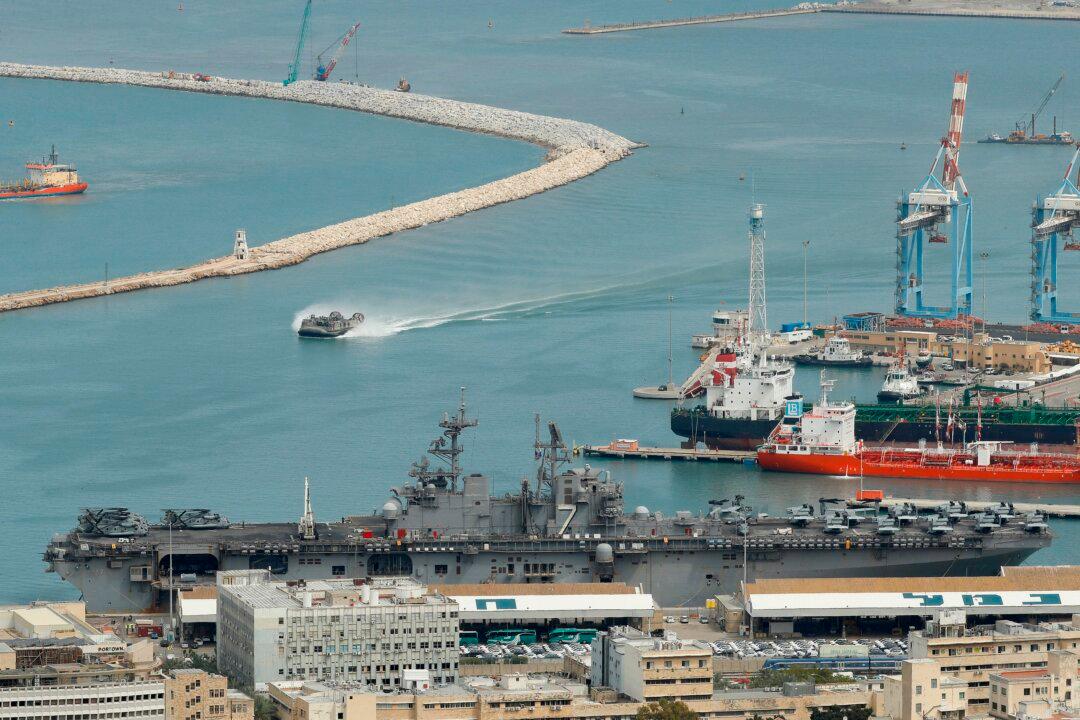The rise of Indian tycoon Gautam Adani in the past few years has been coupled with India’s rapid growth and influence, against the backdrop of global economic downturn. As the United States shifts its global strategic focus to the Indo-Pacific region in response to the Chinese Communist threat, India’s strategic position is rapidly coming to the fore.
According to the latest Bloomberg Billionaires Index, Adani is the world’s second richest man, with a net worth of $143 billion, behind Tesla founder Elon Musk. He made headlines on Sept. 16 when he edged out Amazon founder Jeff Bezos, who now occupies the number three spot on the index.





